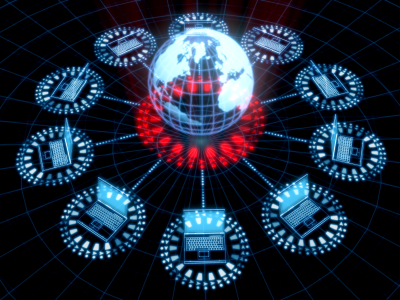Perfect Edge Cloud Storm to Rain Opportunity

If you have ever wondered where the “edge” is, you are not alone. The discussion around “edge” tends to refer to it as if it were one thing or place. This habit has its origins in a time when our industry understood that edge was going to be important but did not yet have a clue what use cases it would serve or how to monetize it.
This past summer, MobiledgeX revealed insights collected from years of exploration into the most market-ready edge use cases. Leading the pack were enterprise-friendly technologies that spanned video and media, IoT, manufacturing and security. The market has spoken, and it is clear that end user demand exists. Every mobile hardware and software player has thrown its hat in the edge ring in some way or another. Telcos are signing onto edge initiatives, hosting hackathons and opening networks to live experimentation. The only thing missing at this point are the revenues. While you will probably still need a magnifying glass to see those in 2020, come the end of next year, we will largely see the foundation set for edge success.Where’s the edge again?
It is a conversation we have so frequently, yet somehow it still has not gotten old. We’re asked all the time about where exactly the edge is located. The question is a fair one because, for all of the industry’s bluster about the promise of edge computing, too little thought has been given to who will use it and what they will need to be successful. In fact, people tend to look at edge from the operator’s perspective. But we submit that it is far more valuable to flip that view and think of edge as the first part of infrastructure that you see from the device.
Edge will increasingly be defined by the growing needs of more and more mobile devices delivering more immediate experiences rather than more distribution of the cloud. With this in mind, there are four types of edge available to any application today, each providing services and value versus associated costs and downside.
Device edge
Here, processing happens as close to the end user as possible: on the device itself. This is where we find drones, vehicles, robots and handheld devices. The device edge boasts total dedication, but its struggles include heat, size, power and computing costs.
On-premise edge
The on-premise edge represents the campuses, factories and enterprises where innovation demands nearby computing—usually lots of it. Here, we find the ultimate scenario for control, which has great appeal to the users most likely to explore such a deployment. However, implementing and managing such a network is challenging and requires great resources.
Telecom edge
The telecom edge has the ability to be quite literally everywhere, and quickly too. It represents the hundreds of thousands of 4G and 5G endpoints like virtualized base stations, regionalized data centers and cell sites being deployed globally. And it boasts the ultimate service presence, though this infrastructure is still quite fragmented today. This presents a challenge for developers that will settle for nothing less than ubiquitous access if they are to build mass market applications and devices. But efforts with substantial momentum behind them are addressing this challenge.
Centralized cloud edge
Perhaps the easiest and most established edge location, the centralized cloud edge is also typically furthest away from where computing exists. While the cloud edge tends to be proprietary, this has largely not been a hindrance for applications that did not demand blazing fast speeds and ultra-low latencies. However, next-generation computing needs will find the long distances to traditional cloud edge locations unacceptable.



















